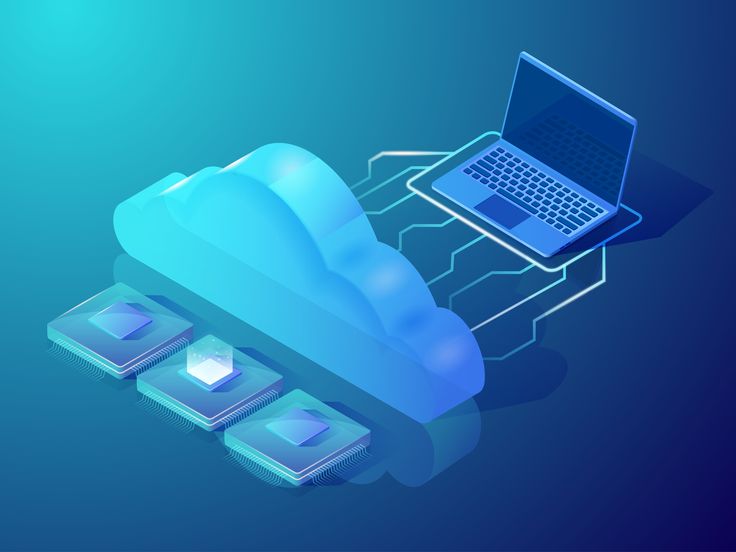In today’s digital era, businesses, developers, and even everyday users rely heavily on technology to store, process, and manage data. One of the most transformative innovations making this possible is cloud computing. But what exactly is cloud computing, and how does it work? Let’s break it down with a simple example.
1. Understanding Cloud Computing
Cloud computing is the delivery of computing services—such as storage, processing power, databases, networking, and software—over the internet (“the cloud”) instead of using local servers or personal devices.
Instead of buying expensive hardware or software, you can access these resources on demand, paying only for what you use.
Key benefits of cloud computing:
-
Cost-effective – No need to buy or maintain physical servers.
-
Scalable – Easily increase or decrease resources based on needs.
-
Accessible – Work from anywhere with an internet connection.
-
Reliable – Cloud providers offer high uptime and data backup.
2. Types of Cloud Computing
Cloud computing services generally fall into three main categories:
-
Infrastructure as a Service (IaaS): Provides virtualized computing resources (e.g., Amazon Web Services EC2).
-
Platform as a Service (PaaS): Offers a platform for developers to build applications without managing servers (e.g., Google App Engine).
-
Software as a Service (SaaS): Delivers software applications over the internet (e.g., Google Drive, Microsoft 365).
3. Example of Cloud Computing
Imagine you are a photographer who takes thousands of high-resolution images for clients. Storing them on your laptop quickly fills up the storage.
Instead of buying multiple hard drives, you use Google Drive (a SaaS cloud service).
-
You upload all your images to Google Drive.
-
You can access them anytime, anywhere, from any device.
-
You can easily share them with clients using a link.
-
Your files are backed up, so you won’t lose them if your laptop gets damaged.
Here, Google’s servers (the cloud) store and manage your data while you simply access them online—that’s cloud computing in action.
4. Real-World Applications of Cloud Computing
-
Netflix streaming movies to millions of users.
-
Dropbox storing and syncing files across devices.
-
Zoom hosting online meetings.
-
AWS providing infrastructure for startups and enterprises.
Conclusion
Cloud computing is revolutionizing how individuals and businesses manage data and resources. By offering flexibility, scalability, and cost-efficiency, it eliminates the need for heavy investments in hardware. Whether you’re streaming a movie, backing up photos, or running a large-scale enterprise application, chances are—you’re already using cloud computing.

